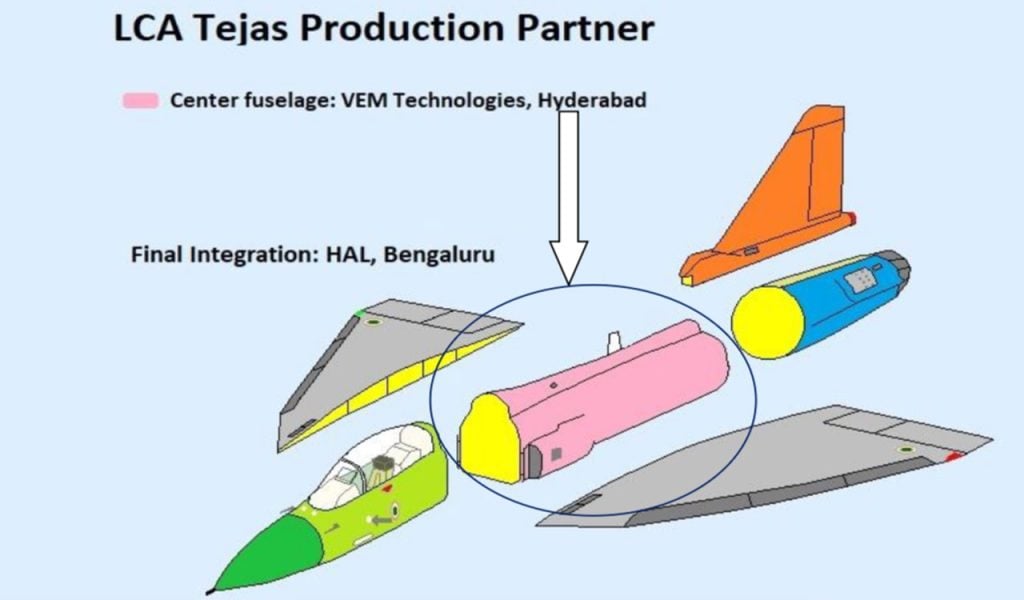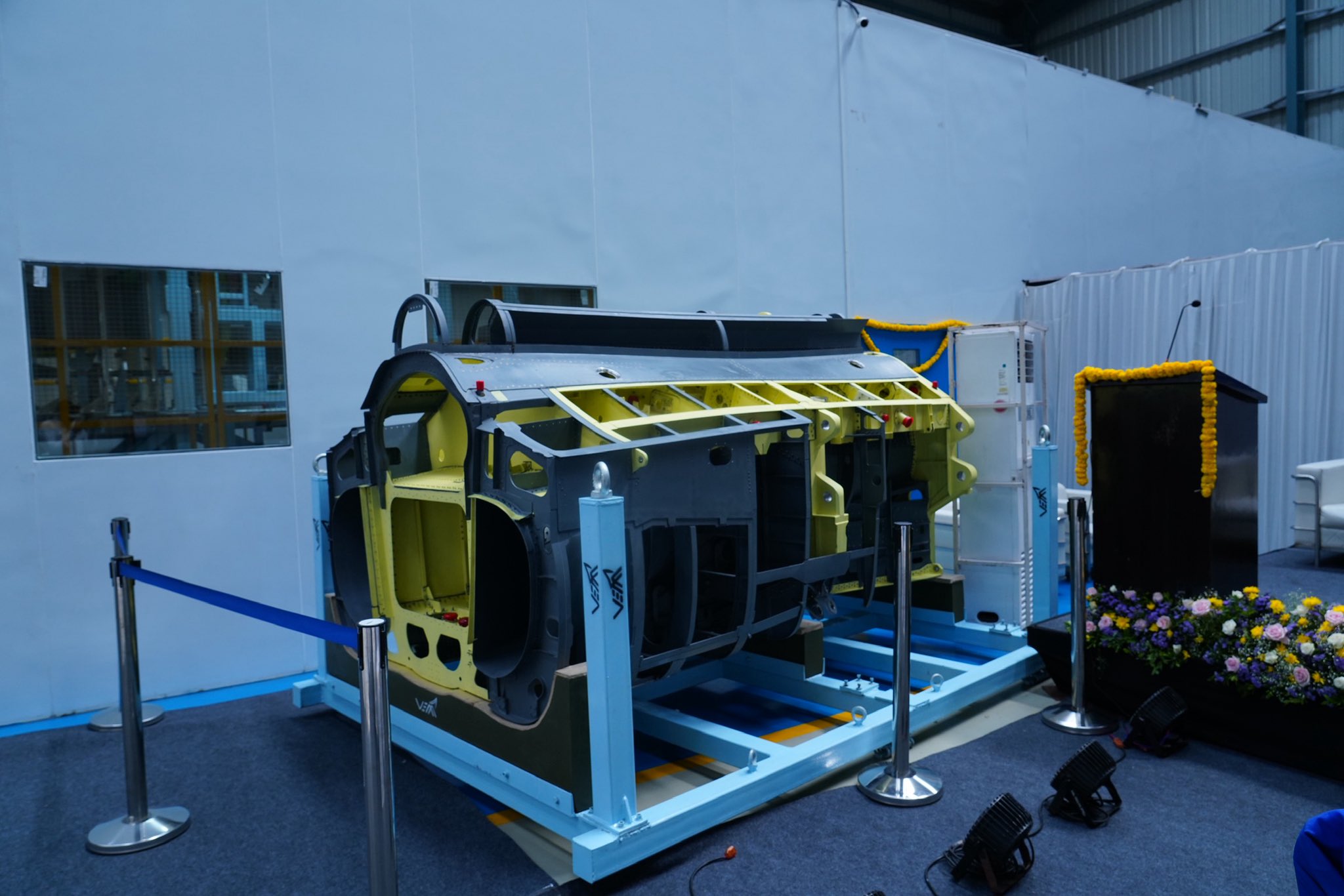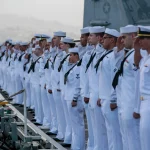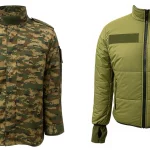Marking a landmark achievement in India’s indigenous defence manufacturing journey, VEM Technologies handed over the first centre fuselage assembly for the Light Combat Aircraft (LCA) Tejas Mk1A to Hindustan Aeronautics Limited (HAL). The handover ceremony, held at VEM’s Hyderabad facility, was attended by top defence officials including Secretary (Defence Production) Sanjeev Kumar and HAL CMD Dr. D. K. Sunil.

This is the first time a major sub-assembly of the Tejas fighter jet has been manufactured by a private Indian defence company, reflecting the increasing role of the private sector in India’s defence ecosystem. The centre fuselage—crafted using a semi-monocoque structure with both metallic and carbon fibre composite materials—comprises 1,595 components, each of which underwent rigorous quality checks by HAL during production.
The LCA Tejas Mk1A is an advanced iteration of India’s indigenous fighter, featuring upgrades such as an AESA radar, superior avionics, and enhanced combat performance. The aircraft is pivotal to the Indian Air Force’s modernization strategy, and the integration of private firms like VEM Technologies is seen as a crucial step in reducing dependence on foreign suppliers, especially amid global supply chain uncertainties.

VEM Technologies employs over 900 professionals and is involved in research, design, and integration of advanced aerospace and defence systems. Besides the Tejas program, the company is actively contributing to India’s next-generation fighter initiative—the Advanced Medium Combat Aircraft (AMCA)—with prototypes expected by 2026–2027.
This milestone aligns with India’s long-term goal to significantly increase the indigenous content in its defence platforms. While the Tejas Mk1A currently has 62% indigenous components, the upcoming Tejas Mk2 aims to push this figure to 70%.
Nonetheless, challenges remain. The Tejas fleet continues to rely on the US-made General Electric F404 engine, with the indigenous Kaveri engine project, led by GTRE since 1986, still awaiting full operational success. Despite this, the government’s recent policy initiatives aim to achieve 80% indigenization in future aircraft programs.
The successful handover of the centre fuselage assembly signals a growing synergy between India’s public and private sectors in aerospace and defence, marking a step closer to the nation’s vision of strategic self-reliance.













